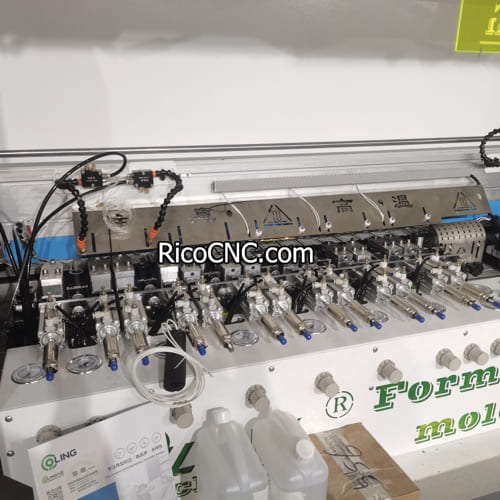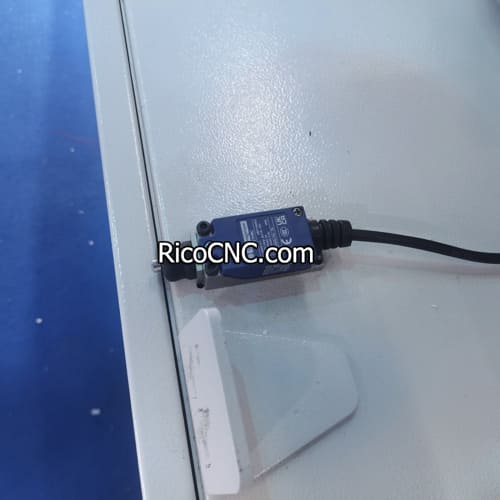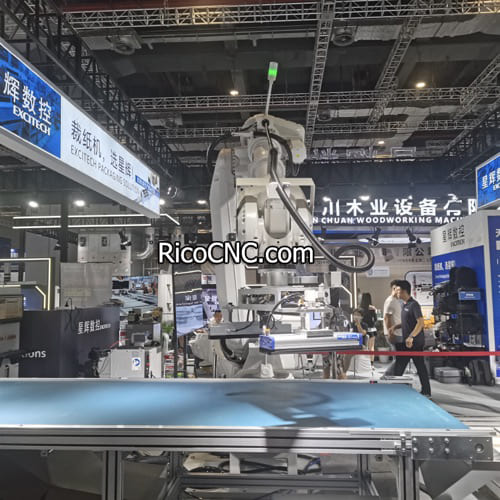
What Does a Furnace Limit Switch Do?
A furnace limit switch is an essential component of your home heating system. It plays a key role in maintaining the safe and efficient operation of a furnace by monitoring temperature and controlling various system functions. If you have ever had issues with your furnace overheating or shutting down unexpectedly, chances are that the furnace limit switch was directly involved. In this article, we will explore what a furnace limit switch is, how it works, why it's so critical, and how to diagnose potential problems that might arise.
Understanding the Furnace Limit Switch
The furnace limit switch is a safety control component that regulates the furnace's temperature. The primary function of this switch is to prevent the furnace from overheating and to protect your home from fire hazards. It does so by controlling the burner and blower operations, ensuring that both function properly to maintain a safe internal environment.
To visualize the furnace limit switch, think of it as a temperature sensor that keeps the heat exchanger from becoming too hot. When the temperature exceeds a predefined limit, the switch activates to cut off the burner, thereby preventing further temperature increases. Once the temperature returns to a safe level, the fan can continue to disperse the residual heat. This automatic cycling process is integral to ensuring the longevity of the furnace and maintaining a safe environment in your home.
Another crucial function of the furnace limit switch is controlling the blower fan. Once the heat exchanger reaches a certain temperature, the limit switch activates the blower fan to begin circulating warm air through your ducts. Conversely, when the furnace cools down, the switch will eventually turn the blower off.
In this way, the furnace limit switch maintains optimal airflow and heat distribution, helping to keep your home at a comfortable temperature and ensuring energy efficiency.
Key Functions of a Furnace Limit Switch

Overheat Protection: The main purpose of the limit switch is to prevent the furnace from overheating. Excessive temperature in a furnace is dangerous and can lead to malfunction or even a fire. The high limit switch senses the internal air temperature, and if it detects that the temperature is above safe levels, it signals the system to stop the burner from adding more heat.
Blower Fan Control: The furnace limit switch also plays a role in controlling the blower fan. It ensures the blower is operating during the appropriate timeframes, such as when the furnace is heating, to evenly distribute heat throughout the home. This helps maximize efficiency and prevent cold spots.
Prevention of Short Cycling: The limit switch helps prevent short cycling, which occurs when the furnace turns on and off too frequently. Short cycling can result from a faulty limit switch, improper airflow, or an issue with the burner. By ensuring proper timing and temperature control, the limit switch helps the furnace operate consistently.
What Happens When a Furnace Limit Switch Fails?
The limit switch furnace is designed to be durable and reliable. However, like any mechanical part, it can fail over time. When a furnace limit switch fails, it can either get stuck in an "open" or "closed" position. Let’s discuss these scenarios in more detail:
Stuck Open: When the limit switch is stuck open, it fails to detect when the furnace is overheated. This means the burner won’t be shut off in time, leading to possible damage to the furnace and safety concerns. You may notice the burner continuing to run even when it seems dangerously hot.
Stuck Closed: If the limit switch is stuck in the closed position, it will falsely detect an overheating condition, preventing the furnace from operating even when it’s safe to do so. As a result, you may experience cold air blowing through the vents as the blower fan runs without heat.
A malfunctioning limit switch can cause a variety of problems, including inefficient heating, short cycling, and potential safety risks. Temperature regulation in the furnace is essential, not only for comfort but also for the safety of everyone at home.
Identifying Signs of a Faulty Furnace Limit Switch

Diagnosing a faulty limit switch can be challenging because the symptoms are often similar to other issues with your furnace. However, some signs can indicate a problem specifically with the limit switch:
Frequent Overheating: If you notice your furnace shutting off frequently due to overheating, this is an indication that the limit switch may be malfunctioning. The high limit switch may need to be replaced.
Constant Blower Operation: The blower fan staying on for extended periods can be a symptom of a limit switch stuck in the closed position.
Short Cycling: If the furnace keeps turning on and off in short intervals, it could be because the limit switch is faulty and unable to maintain consistent temperature control.
It is important to troubleshoot a failing limit switch promptly to prevent further damage to your furnace system and ensure that your home stays warm and comfortable during cold periods.
For example, one way to confirm a faulty limit switch is by testing it using a multimeter to verify if it’s functioning correctly. This method allows homeowners to know whether they need a replacement or repair.
Related Product Insight
If you are troubleshooting your furnace and need parts like a solenoid valve or a directional control valve, take a look at 5728400620 AVENTICS Single Solenoid Valve. It is used in many automation systems for effective control.

















